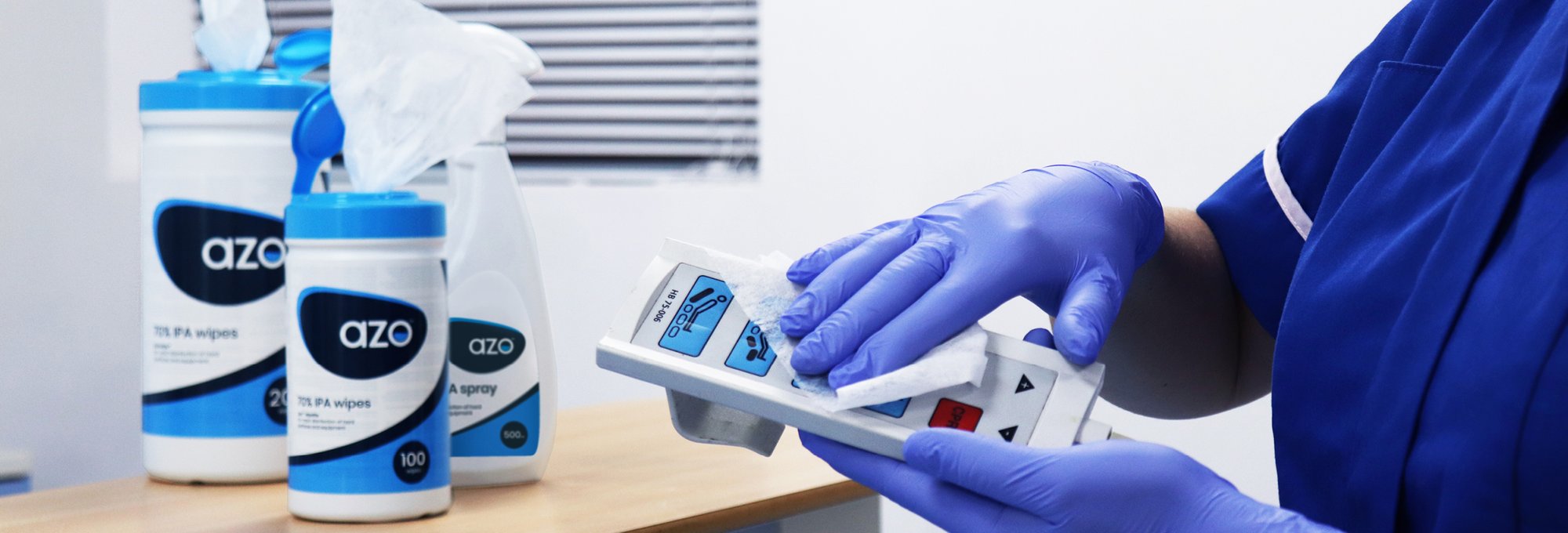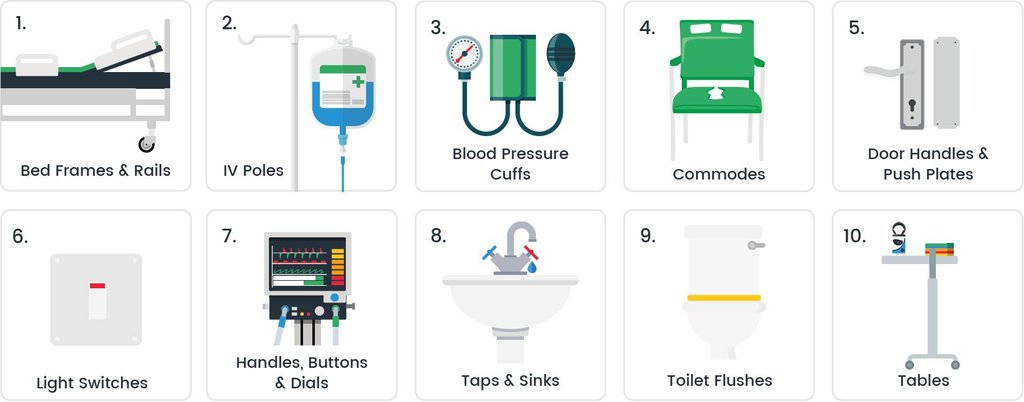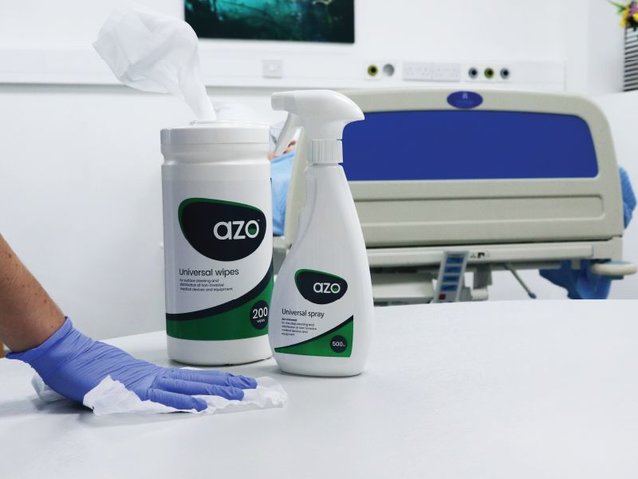
Cleaning & Disinfection for Touch Points

Cleaning & Disinfection for Touch Points

The COVID-19 pandemic has reinforced why it is so important to practice good hand hygiene and ensure surfaces, particularly those that are classed as ‘high-touch’ or ‘high-risk’, are cleaned and disinfected frequently. But are we really aware of the surfaces we touch and the risk of transmission if these are not cleaned and disinfected correctly?
Top 10 touch points within healthcare environments include:
- Bed frames and rails
- IV poles
- Blood pressure cuffs
- Commodes
- Door handles and push plates
- Light switches
- Handles, buttons and dials
- Taps and sinks
- Toilet flushes
- Tables

Other frequent touch points often found outside of healthcare environments include:
- Keypads and touch screens
- Banisters and hand rails
- Keyboards
- Phones
- Armrests

Now more than ever we should be acutely aware of the environment around us and the risk of transmission if the right precautions are not taken, with many of us still wary of communal spaces and keen to see measures in place to keep everyone safe. Research has found that 81% of people felt that visible regular cleaning of high-traffic surfaces would make them feel more comfortable visiting shared areas amid the coronavirus outbreak¹. This is something we can all relate to given the ongoing COVID-19 pandemic.
Surfaces with anti-microbial coatings
We have long known about the ability of materials like copper and silver in inactivating microbes through direct contact, with one particular study evaluating the effectiveness of copper and silver-based nanofilms within a healthcare environment. Whilst the study did show both to have anti-microbial efficacy, this varied across pathogen groups, with silver-coated surfaces showing poorer performance on gram positive than gram negative bacteria for example².
Other anti-microbial coatings are also not supported by strong clinical data, with the U.S. Centers for Disease Control and Prevention (CDC) claiming that they have found no evidence to suggest that antimicrobial coatings offer any enhanced protection from the spread of bacteria and germs and that proper cleaning and handwashing are the best ways to prevent infection³.
This is a view shared by many Infection Prevention and Control professionals, with the two primary concerns being:
The potential for these coatings contributing to anti-microbial resistance over time
The potential to inadvertently influence or encourage poor cleaning practice
The same is true of disinfectants which claim to have a ‘residual activity’, where the surface remains active for a period of time after it has been disinfected. Often these products are tested on easier-to-eradicate gram positive bacteria like MRSA, as opposed to more difficult-to-eradicate non-enveloped viruses like Adenovirus for example. As a result, these claims can be misleading and once again contribute to an increased risk of transmission.
Combating high-touch points
Proper surface cleaning and disinfection is widely acknowledged to be the most effective ways to stop the spread of infection, and various studies have found that implementing educational training and interventions can dramatically improve both the quality and frequency of surface cleaning and disinfection⁴ , ⁵.
Minimising contact with reusable equipment and high touch surfaces is therefore critical; so much so that the World Health Organization published guidance during the COVID-19 pandemic recommending that wherever possible, equipment should be single-use and disposable⁶.
In instances when this is not feasible, effective surface cleaning and disinfection practices help to minimise the risk of cross-infection.
As an established brand within healthcare sector for over 35 years, Azo™ encompasses a full product portfolio of surface cleaning wipes and sprays which can be tailored for general purpose to specialist cleaning and disinfecting; including medical areas. The Azo™ range is extensively used in hospitals, nursing homes, pharmacies, laboratories, dental and GP surgeries to help reduce contamination and the risk of infection.
